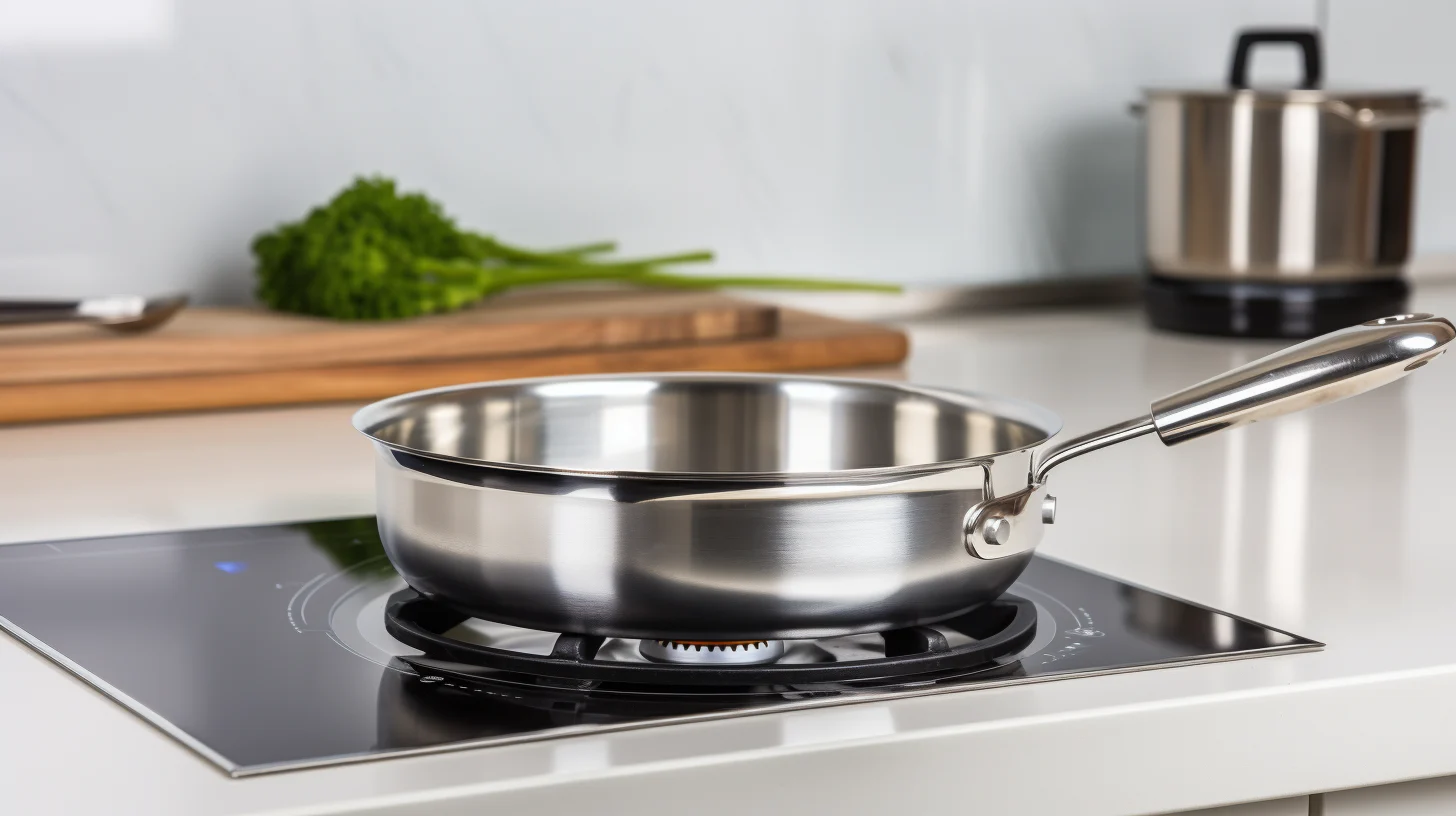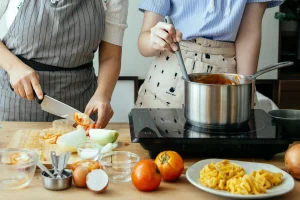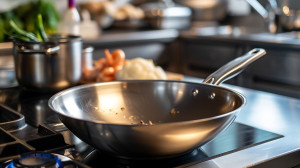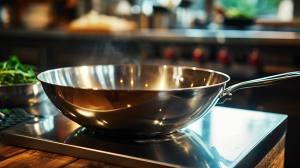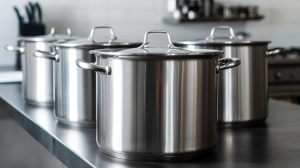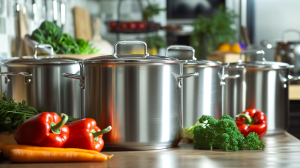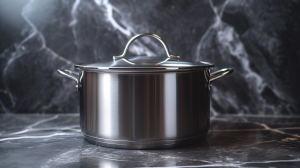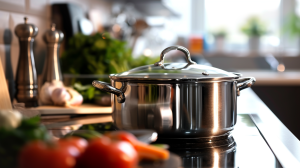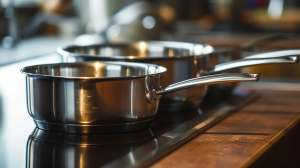As a practitioner in the cookware industry, you may sometimes or often encounter situations where cookware is imported from foreign countries into your country. Importing from foreign countries is a time-consuming, money-consuming and energy-consuming thing. In order to avoid mistakes, this article will introduce some points to pay attention to to help you take the road of imported cookware and seize the market faster and better.
Comparison of various cookware materials
Before importing, make sure you know what materials you need for your cookware. We can import according to customer needs or according to market trends. The following are the advantages and disadvantages of different materials for reference only.
Stainless Steel Cookware:
Advantages:
- Durable and resistant to rust and corrosion.
- Non-reactive, making it suitable for cooking acidic foods.
- Retains its shiny appearance over time.
- Can be used for various cooking methods, including boiling, simmering, and frying.
Disadvantages:
- Poor heat conductivity, often leading to uneven cooking.
- May require a core of aluminum or copper to improve heat distribution.
- Can be heavier than other materials.
Non-Stick:
Advantages:
- Easy to clean and requires less oil for cooking.
- Good for low-fat cooking.
- Excellent for cooking delicate foods like eggs and fish.
- Even heat distribution.
Disadvantages:
- Coating may wear off over time.
- Not suitable for high-heat cooking.
- Some concerns about the safety of certain non-stick coatings.
Cast Iron:
Advantages:
- Excellent heat retention and even heating.
- Versatile and suitable for stovetop or oven use.
- Can add small amounts of iron to food.
- Durable and long-lasting.
Disadvantages:
- Requires seasoning and maintenance to prevent rust.
- Heavy and may take longer to heat up.
- Reactive to acidic foods, which can affect taste.
Copper:
Advantages:
- Excellent heat conductivity for precise temperature control.
- Reacts quickly to temperature changes.
- Attractive appearance.
- Professional chefs often prefer for specific cooking tasks.
Disadvantages:
- Expensive compared to other materials.
- Requires regular polishing to maintain appearance.
- Reacts with acidic foods, potentially altering taste.
Aluminum:
Advantages:
- Lightweight and heats up quickly.
- Affordable.
- Even heat distribution.
- Can be anodized for durability and resistance to corrosion.
Disadvantages:
- Prone to scratching and denting.
- May react with acidic or alkaline foods.
- Not as durable as some other materials.
Ceramic:
Advantages:
- Non-reactive and non-toxic.
- Excellent heat retention and even cooking.
- Available with non-stick coatings.
- Easy to clean.
Disadvantages:
- May be prone to chipping or cracking.
- Not suitable for high-heat cooking.
- Limited color options compared to some materials.
Carbon Steel:
Advantages:
- Lightweight with excellent heat retention.
- Durable and resistant to warping.
- Becomes naturally non-stick with seasoning.
- Suitable for high-heat cooking.
Disadvantages:
- Requires seasoning and maintenance.
- Prone to rust if not properly cared for.
- Reactive to acidic foods.
The above is an analysis of the advantages and disadvantages of each material. Understanding the advantages and disadvantages of each material will be beneficial to your imported cookware. Of course, there are some points below that you need to pay attention to.
Comply with regulations and standards
We need to ensure that the import process complies with legal requirements. Check whether the cookware manufacturer/exporter has violated the laws of the United States or its own country, check whether we and they have import and export qualifications, check whether the cookware produced meets the standards of both countries, and check whether the transportation process of the freight is illegal.
Market/Customer Preferences
What kind of cooking utensils to import is not decided by our wishful thinking, but based on the market. Understanding the specific needs of customers and market trends requires us to fully investigate before making decisions. We can obtain first-hand information through detailed discussions with customers and checking industry news.
The strength of cookware manufacturers
You can find a variety of manufacturers on various platforms, but how do you choose a competent one? Generally analyzed from these perspectives: factory size, certificates, production capacity, experience, customization capabilities, and export qualifications.Choose a few of them to compare prices.
Cost
Cost is a very important factor. The cost here includes product cost + logistics cost + other miscellaneous costs. Miscellaneous costs are generally low and sometimes uncontrollable. So we have to start with the first two items, not only to find the manufacturer with the best quotation, but also the logistics provider with the best quotation, so that our products can bring profits at an excellent price.
Conclusion
The above are the dimensions you should seriously consider when you decide to import cookware. Success is often built on caution.
JIANGMEN CHANGWEN COOKWARE & KITCHENWARE CO., LTD., a distinguished high-tech enterprise seamlessly integrating stainless steel cookware research, development, manufacturing, export trade, and independent brand sales. Our cutting-edge products are proudly exported to over 100 countries, spanning Europe and the United States, solidifying our position as a key global supplier of stainless steel goods. For any inquiries or assistance, please don’t hesitate to reach out to us. Your satisfaction is our priorit.








